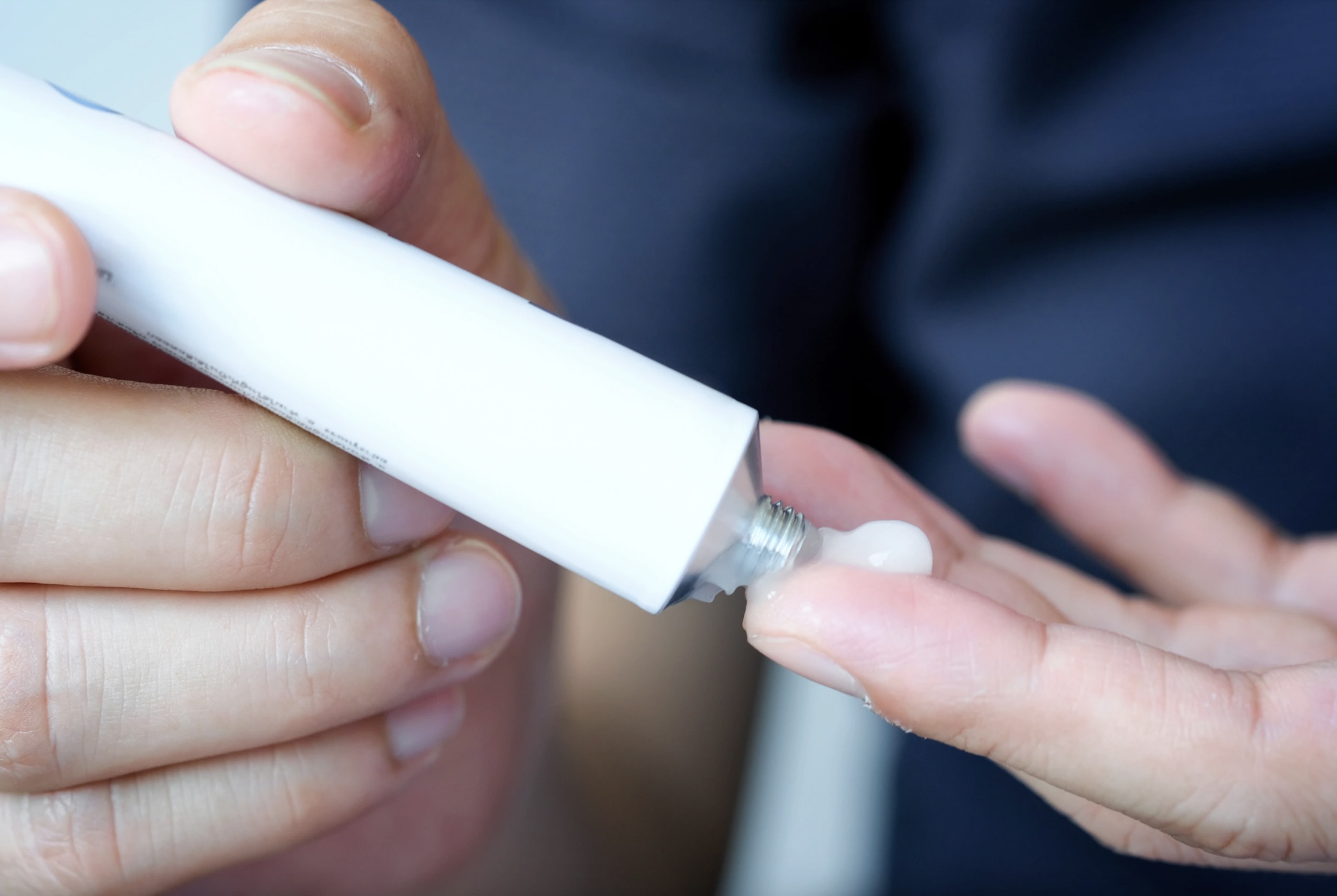Lichen Planus Sclerosus Atrophicus: Symptoms, Causes, Treatment
What are the symptoms of lichen planus sclerosus atrophicus?
Lichen planus sclerosus atrophicus (LPSA), also known as lichen sclerosus et atrophicus, is a rare variant of lichen planus that primarily affects the skin in the genital and anal areas, although it can also occur on other parts of the body. LPSA is characterized by a combination of symptoms, including:
- White, shiny patches: The affected skin may appear white, shiny, and smooth. The patches may be flat or slightly raised and have a wrinkled appearance.
- Thinning of the skin: The skin in the affected areas may become thin and fragile, making it more prone to tearing and bruising.
- Itching (pruritus): Itching is a common symptom of LPSA and can range from mild to severe.
- Pain or discomfort: Some individuals with LPSA may experience pain or discomfort in the affected areas, especially during sexual intercourse or urination.
- Bleeding: In severe cases, the thin, fragile skin of LPSA may be prone to bleeding, especially after scratching or friction.
- Scarring: Over time, LPSA can lead to scarring of the affected skin, which may cause changes in skin texture and appearance.
- Involvement of mucous membranes: In some cases, LPSA may also affect the mucous membranes, such as those lining the mouth or vagina, leading to symptoms such as white patches, pain, and discomfort.
It’s important to note that the symptoms of LPSA can vary widely from person to person, and not everyone with the condition will experience all of these symptoms. LPSA is a chronic condition, and symptoms may come and go over time. If you suspect you have LPSA or are experiencing symptoms, it’s important to see a dermatologist or healthcare professional for an accurate diagnosis and appropriate treatment.
What are the causes of lichen planus sclerosus atrophicus?
The exact cause of lichen planus sclerosus atrophicus (LPSA) is not well understood, but it is believed to be an autoimmune disorder in which the body’s immune system mistakenly attacks healthy skin cells. Several factors may contribute to the development of LPSA, including:
- Autoimmune factors: LPSA is thought to be an autoimmune disorder, similar to other forms of lichen planus. In autoimmune disorders, the immune system mistakenly attacks healthy tissues, leading to inflammation and tissue damage.
- Genetic factors: There may be a genetic predisposition to developing LPSA, as the condition can sometimes run in families. Certain genetic variations may increase the risk of developing autoimmune disorders like LPSA.
- Hormonal factors: Hormonal changes, such as those that occur during menopause, pregnancy, or puberty, may play a role in the development of LPSA. The condition is more common in women than men, suggesting a hormonal influence.
- Infections: Some researchers believe that infections, such as certain viruses or bacteria, may trigger the development of LPSA in susceptible individuals. However, this relationship is not well-established.
- Trauma or irritation: In some cases, trauma or chronic irritation to the skin, such as from scratching, rubbing, or wearing tight clothing, may contribute to the development of LPSA.
- Other autoimmune conditions: LPSA is sometimes associated with other autoimmune conditions, such as thyroid disorders or vitiligo, suggesting a common underlying immune system dysfunction.
It’s important to note that while these factors may contribute to the development of LPSA, the exact cause of the condition is not well understood. Further research is needed to fully understand the underlying mechanisms of LPSA and to develop more effective treatments. If you have been diagnosed with LPSA, it’s important to work closely with a dermatologist or healthcare professional to manage the condition and any underlying factors that may be contributing to it.
What is the treatment for lichen planus sclerosus atrophicus?
The treatment for lichen planus sclerosus atrophicus (LPSA) aims to reduce symptoms, prevent scarring, and improve the appearance of the affected skin. Treatment options for LPSA may include:
- Topical corticosteroids: Topical corticosteroid creams or ointments are often used as first-line treatment for LPSA to reduce inflammation and itching. These medications are applied directly to the affected skin.
- Topical calcineurin inhibitors: Tacrolimus (Protopic) and pimecrolimus (Elidel) are topical medications that suppress the immune response and can be used to treat LPSA, especially in sensitive areas such as the genitals.
- Topical retinoids: Topical retinoids, such as tretinoin (Retin-A), may help to normalize skin cell growth and reduce inflammation in LPSA.
- Moisturizers: Keeping the affected skin well-moisturized can help to reduce dryness and itching associated with LPSA.
- Intralesional corticosteroid injections: In some cases, corticosteroids may be injected directly into the affected skin to help reduce inflammation and improve symptoms.
- Systemic corticosteroids: In severe cases of LPSA that do not respond to other treatments, oral corticosteroids may be prescribed to help reduce inflammation and itching. However, long-term use of systemic corticosteroids is generally not recommended due to the risk of side effects.
- Phototherapy: Phototherapy, or light therapy, involves exposing the affected skin to ultraviolet (UV) light to reduce inflammation and improve symptoms. This treatment is often used in combination with other therapies for LPSA.
- Surgery: In some cases, surgery may be recommended to remove scar tissue or correct changes in the affected skin caused by LPSA. However, surgery is typically reserved for severe cases that do not respond to other treatments.
It’s important to work closely with a dermatologist or healthcare professional to develop a treatment plan that is tailored to your specific needs and symptoms. LPSA is a chronic condition, and treatment may need to be continued long-term to effectively manage symptoms and prevent complications.




